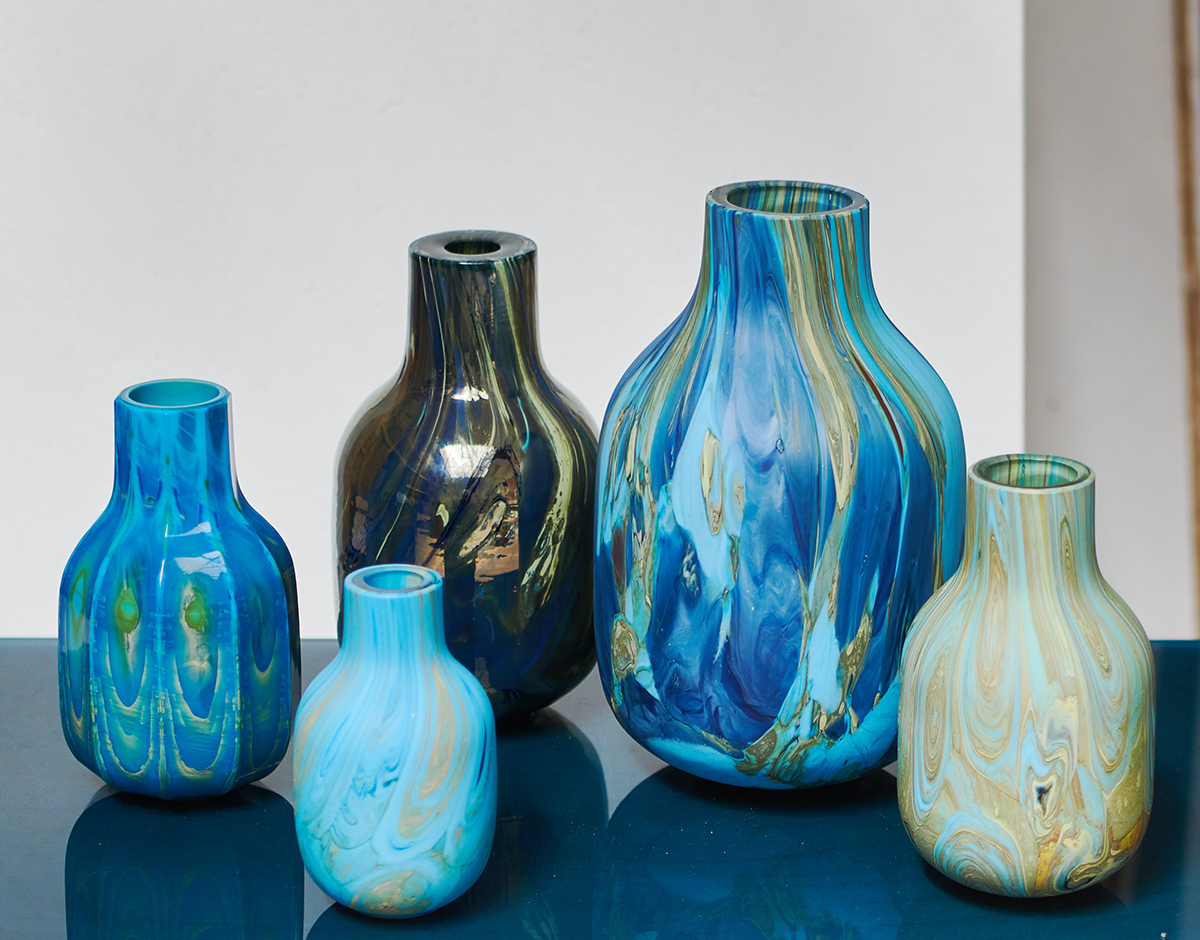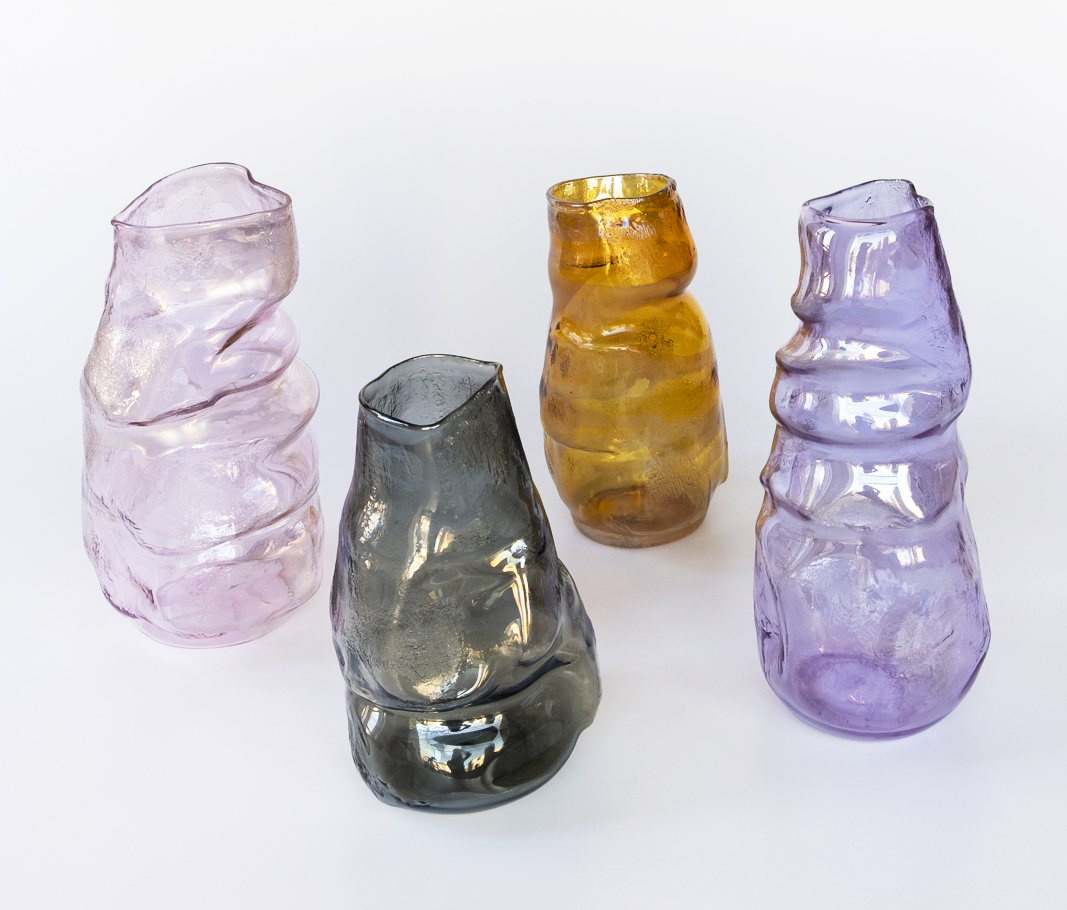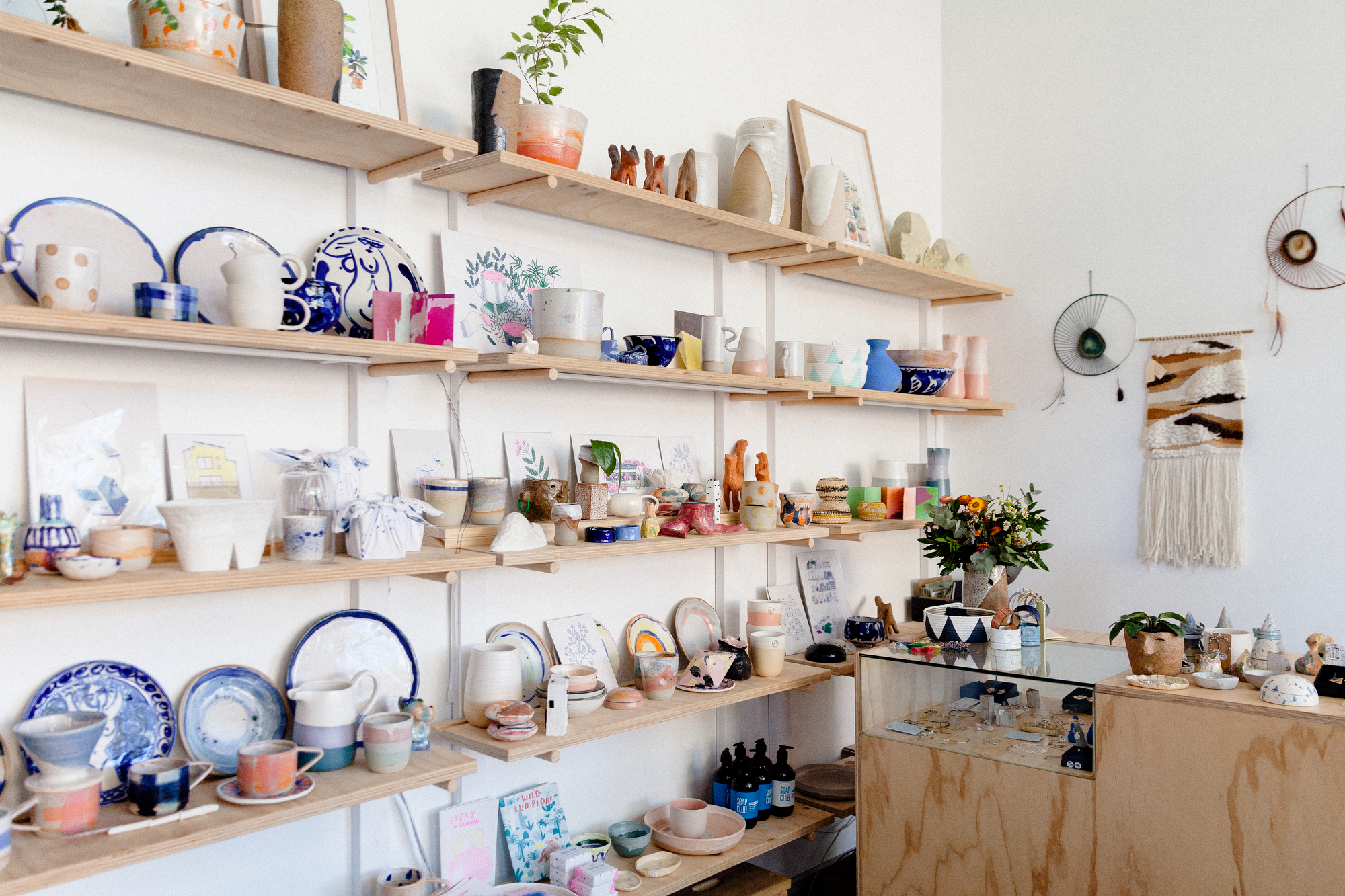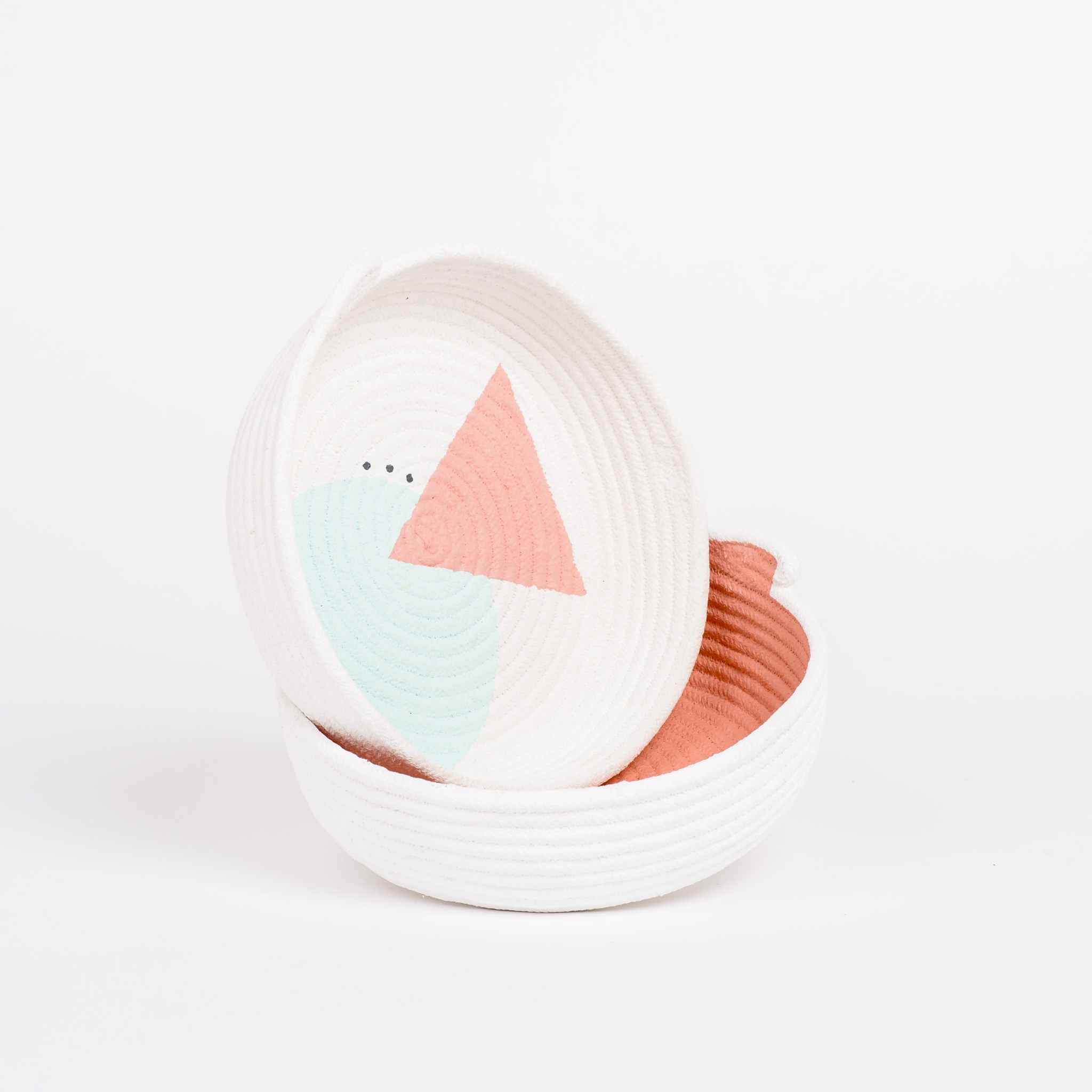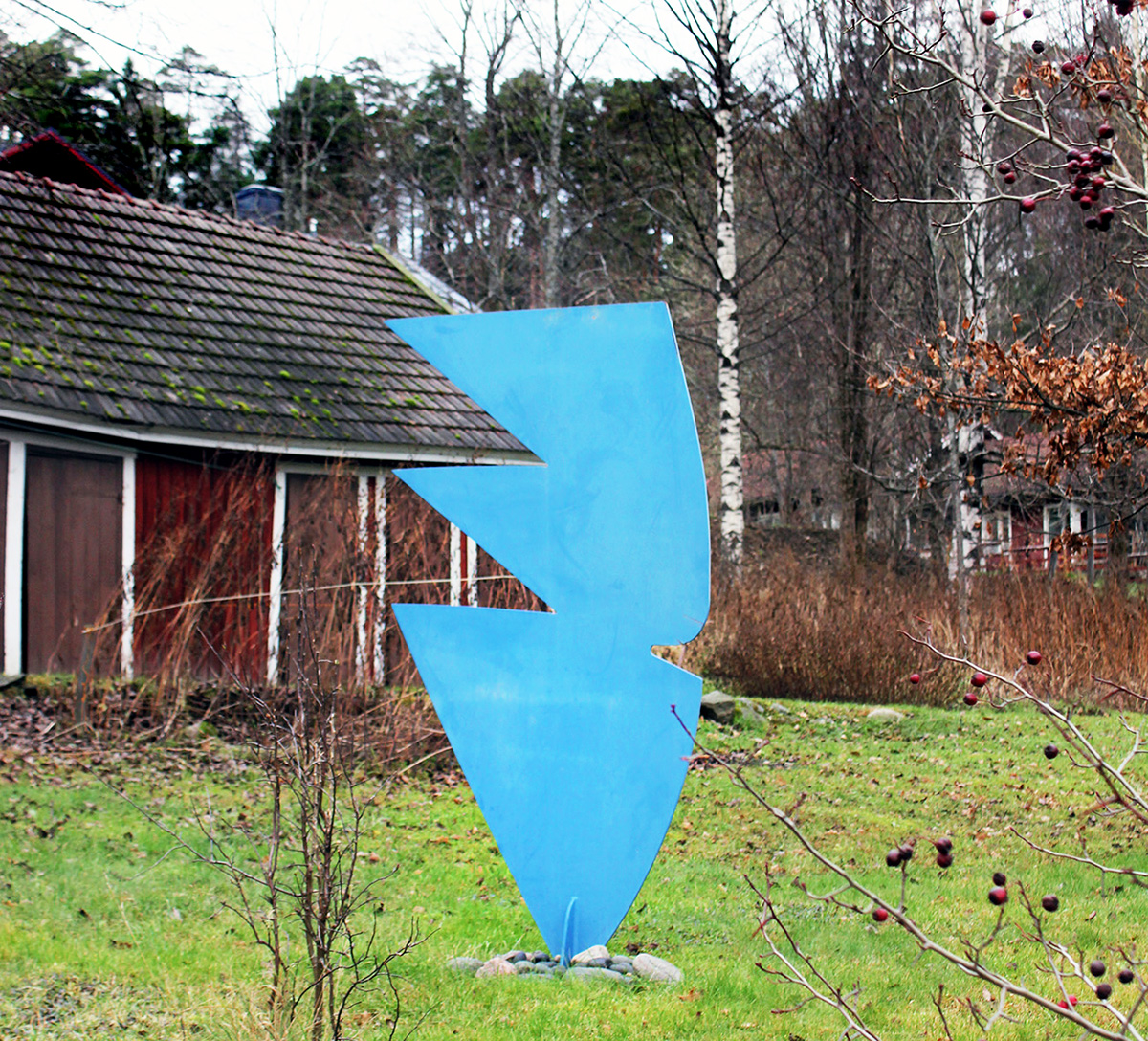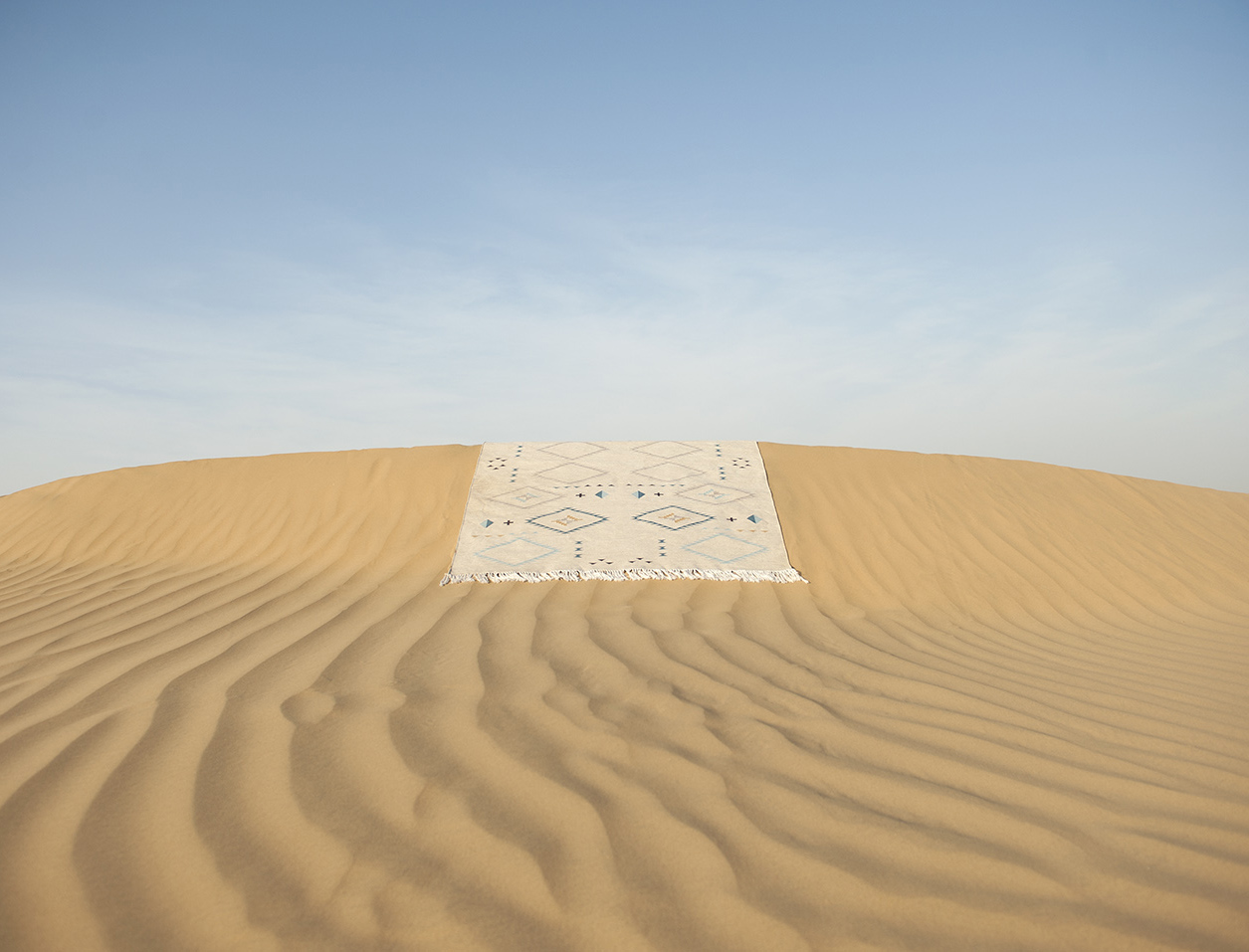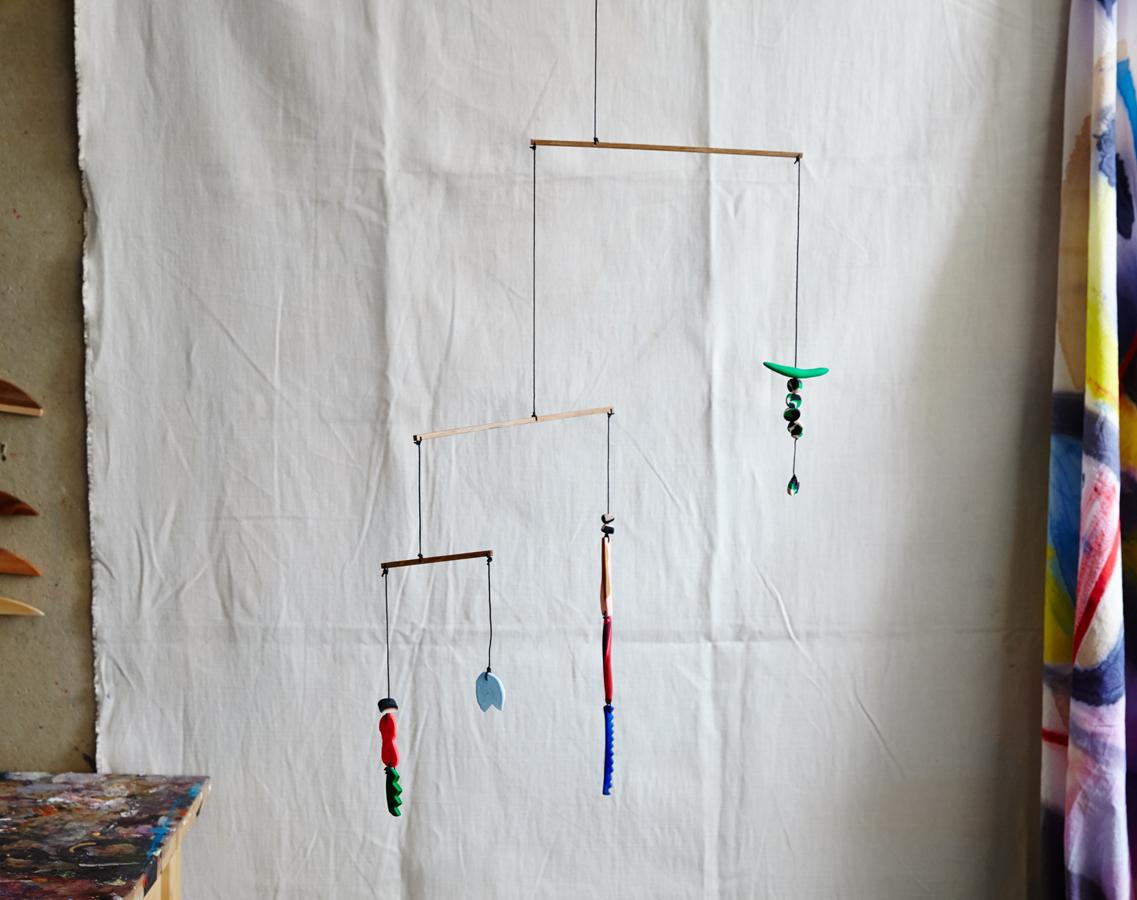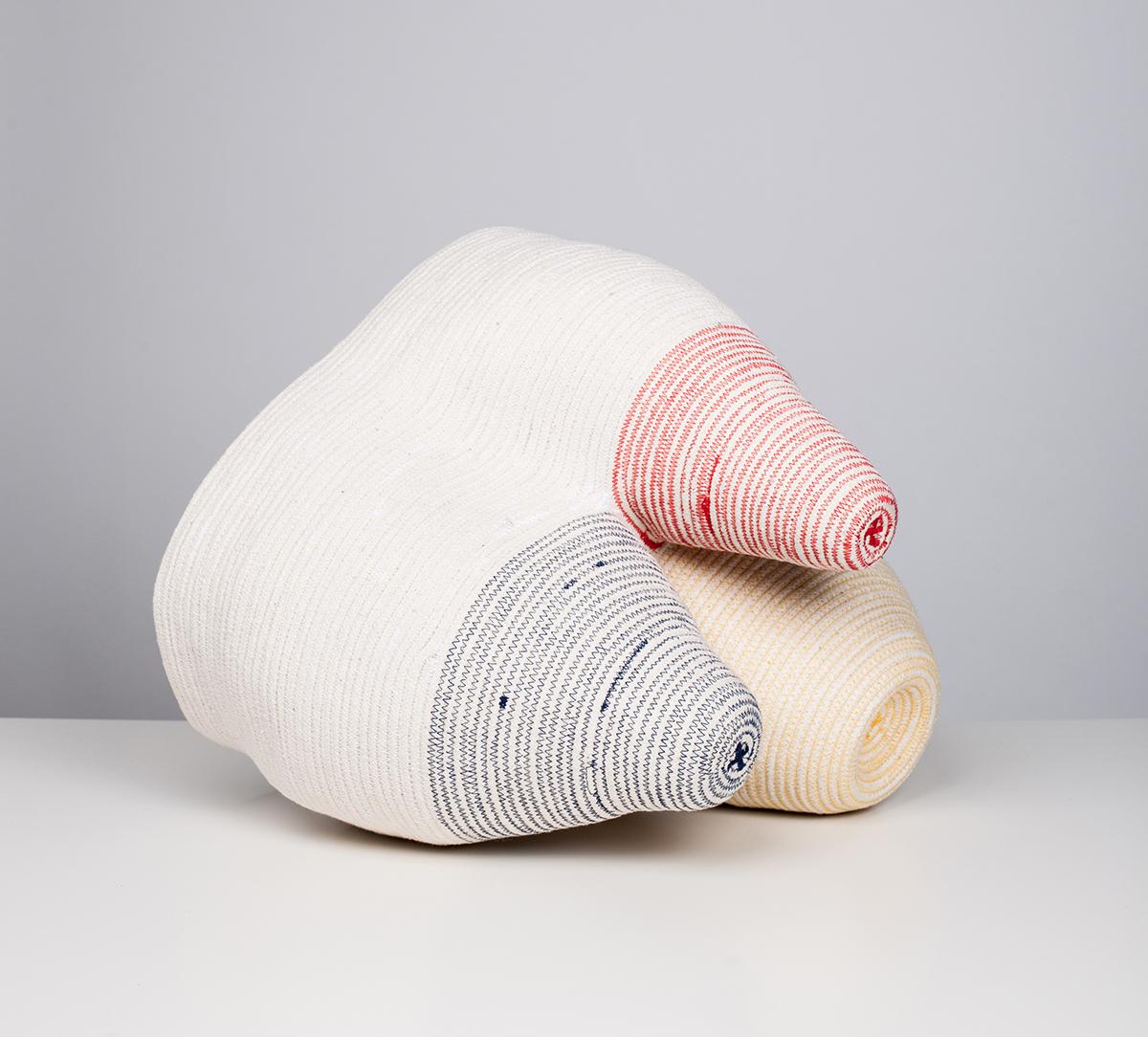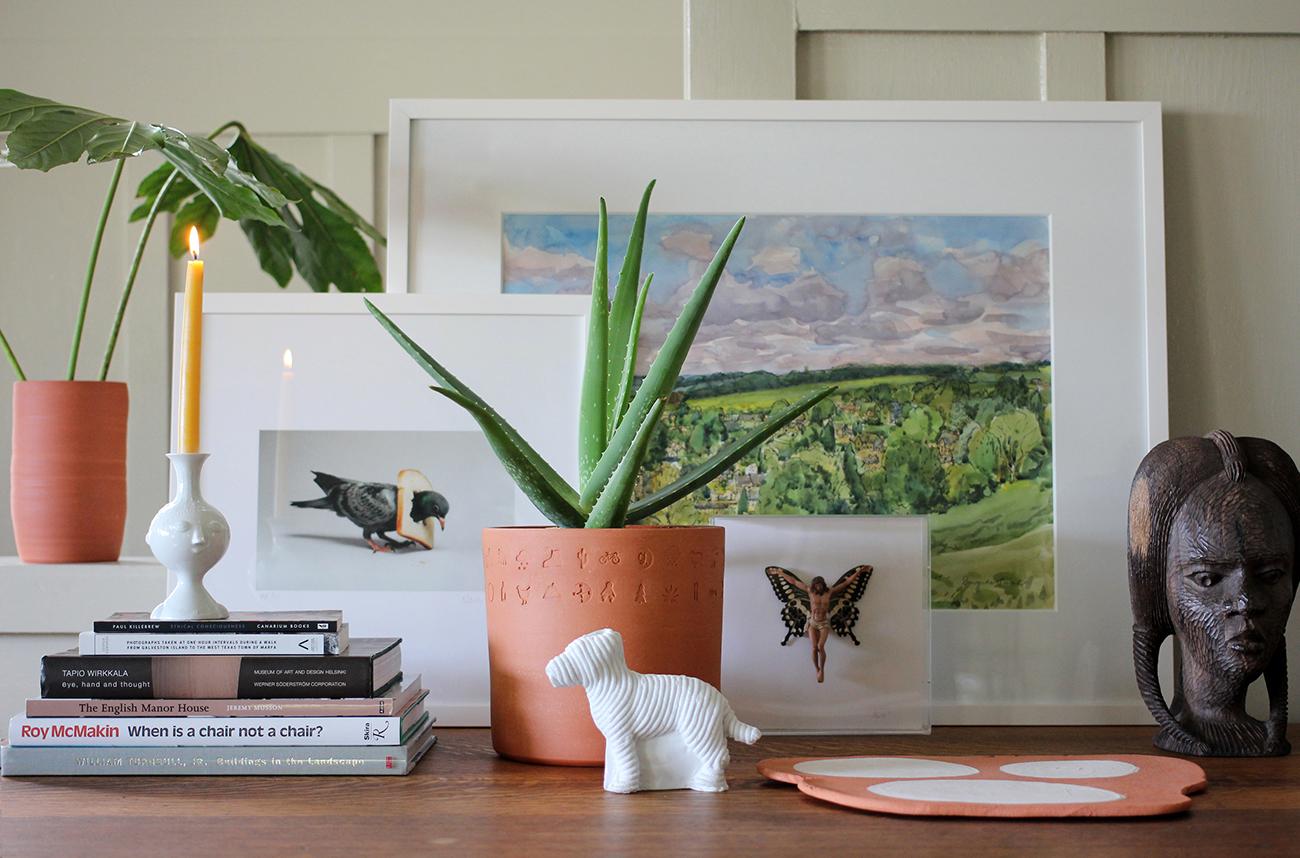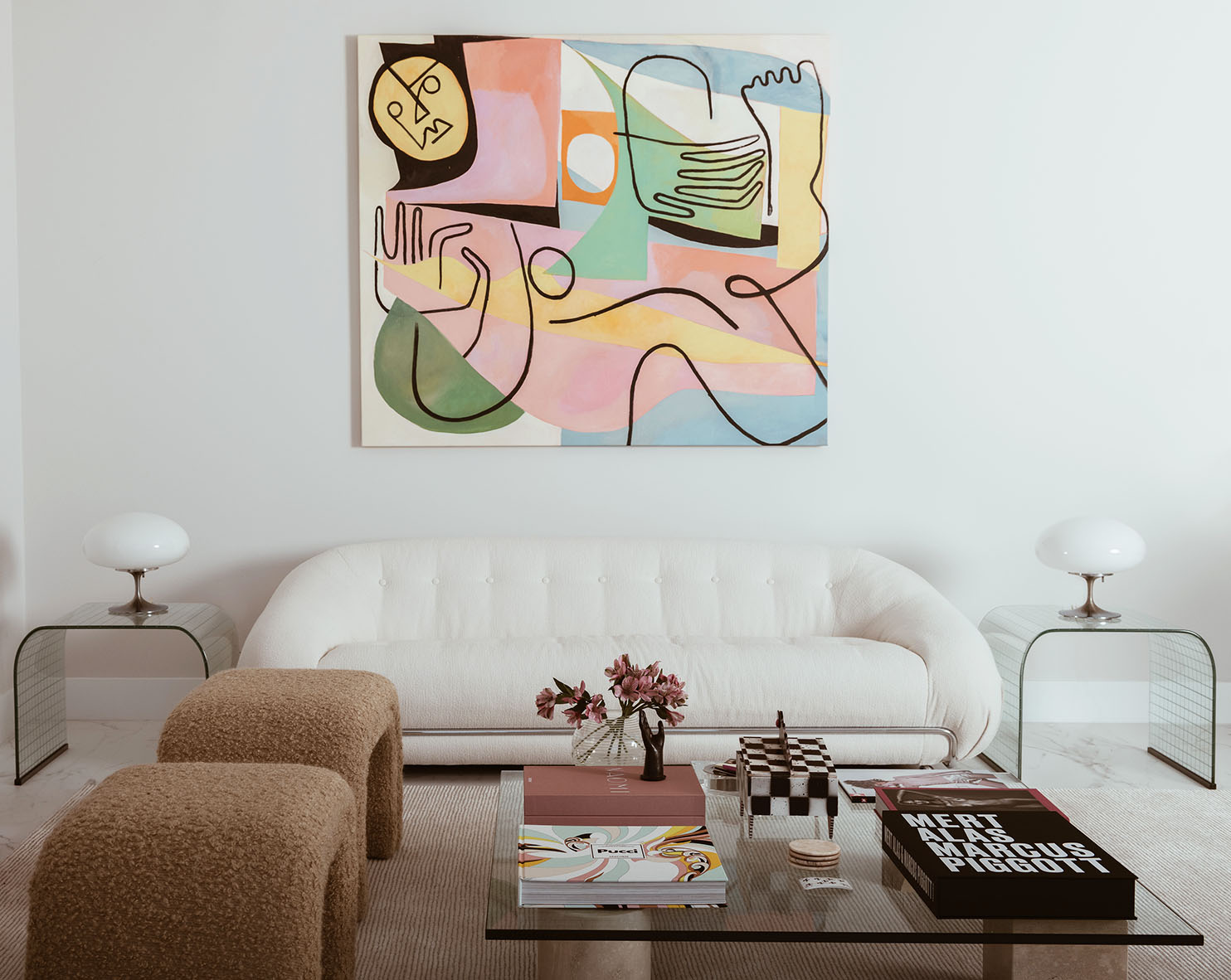
01.27.23
American Design Hot List
The 2022 American Design Hot List, Part V
This week we announced our 10th annual American Design Hot List, Sight Unseen’s editorial award for the names to know now in American design. We’re devoting an entire week to interviews with this year’s honorees — get to know the fifth and final group of Hot List designers here (including Tiffany Howell of Night Palm, and her Lana Del Rey–inspired Miami project, above).
